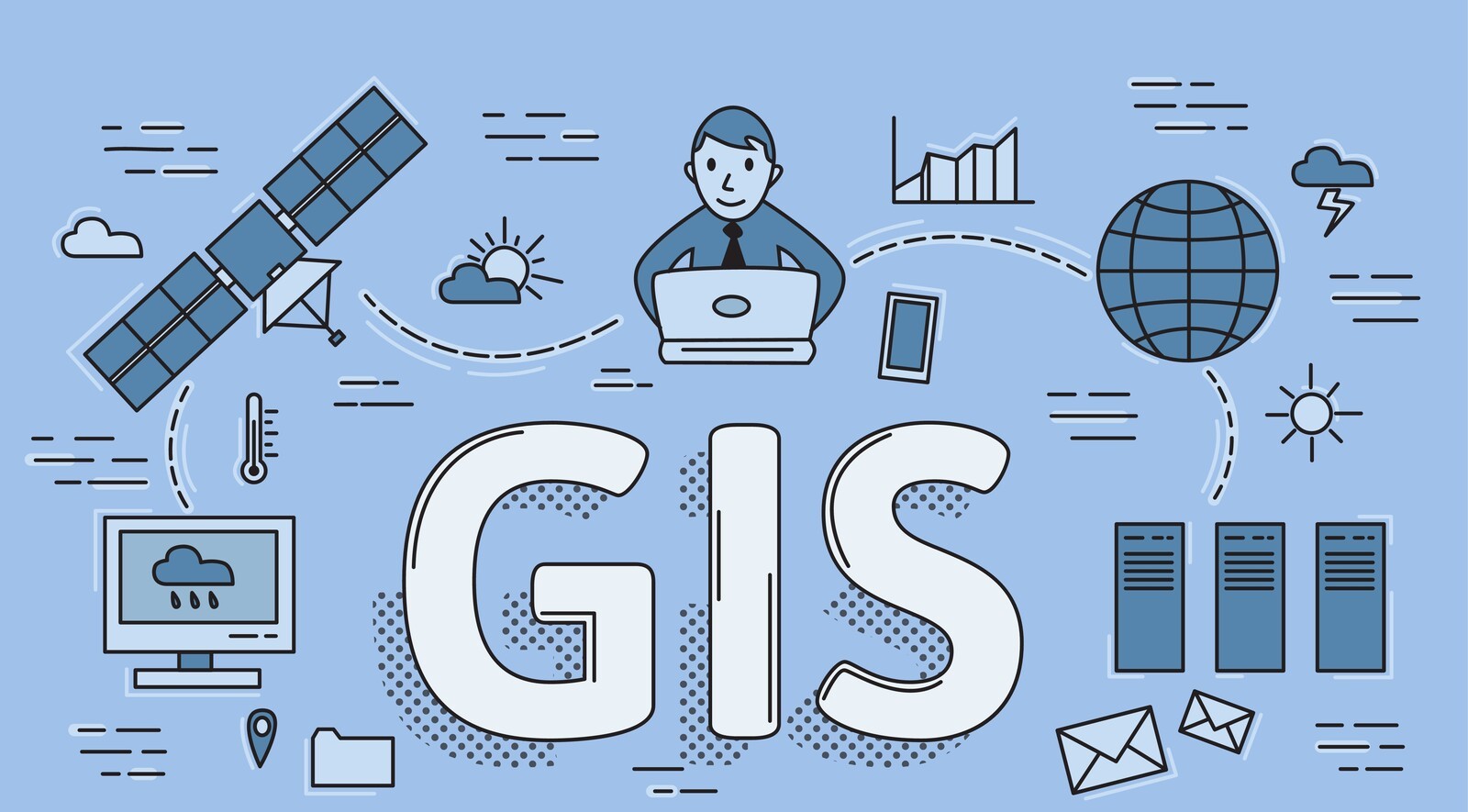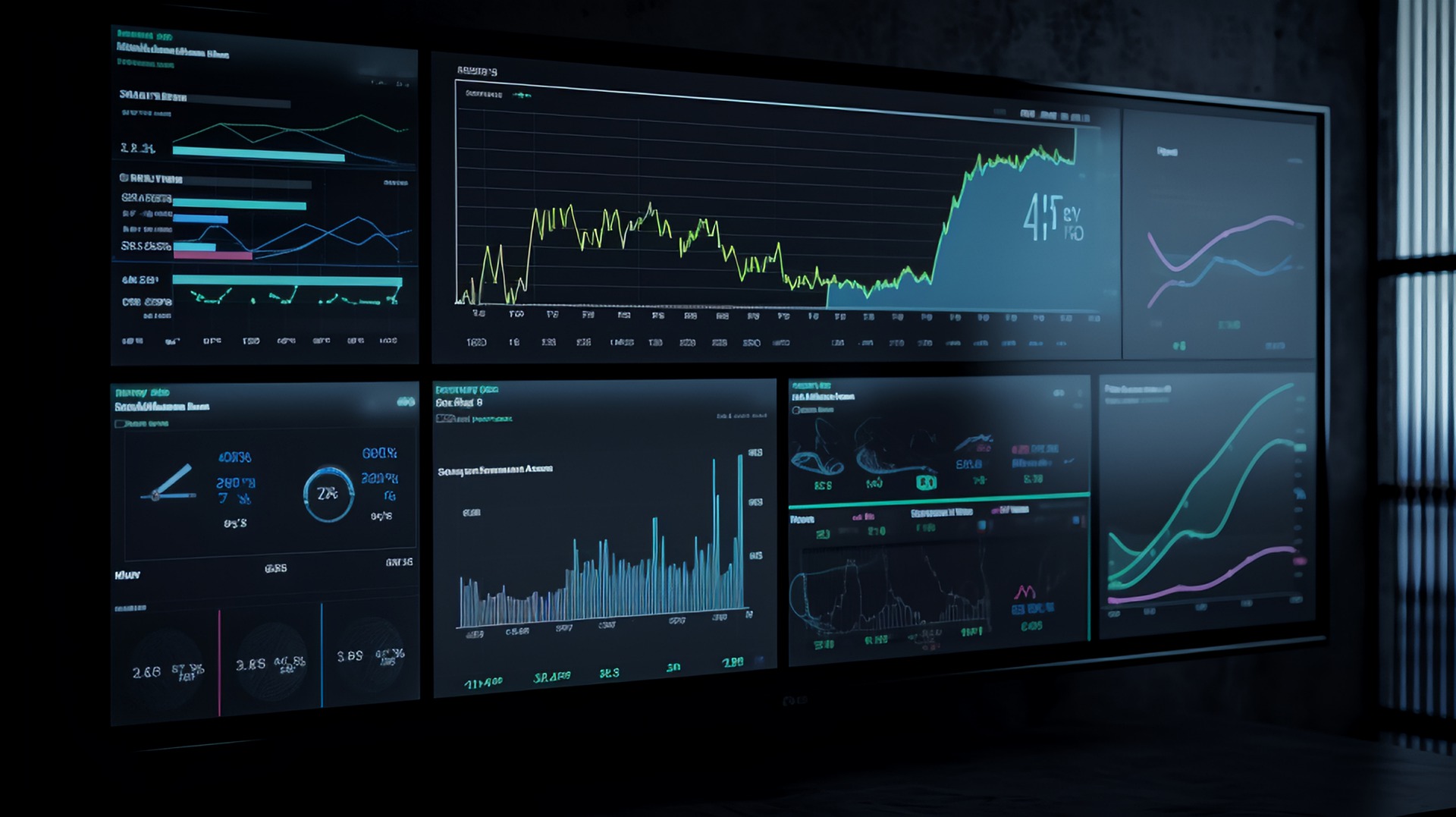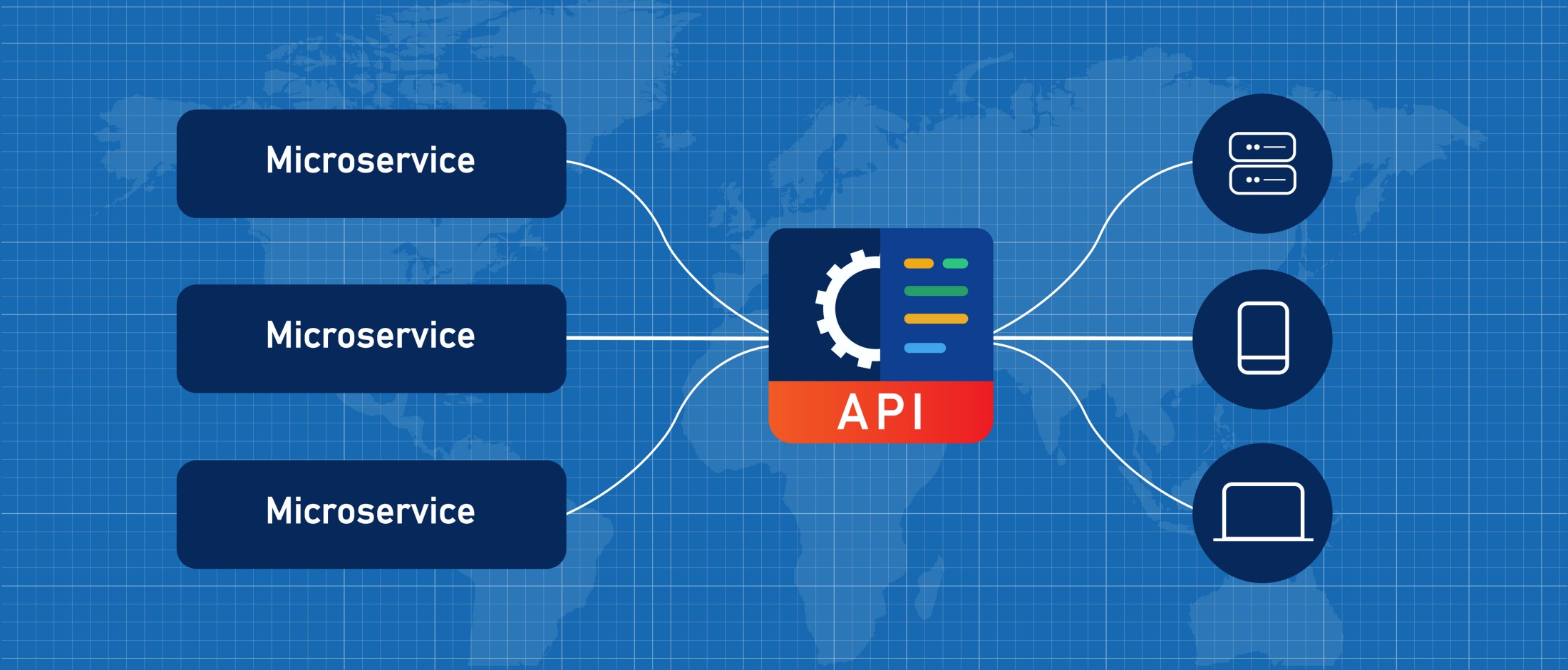An increasing number of businesses are recognizing the potential of Web-GIS in leveraging location-related data to amplify their operations and boost profitability. Factors like customer location, the position of goods, and shipment tracking have seamlessly integrated into contemporary business strategies, influencing decisions and propelling business expansion.
Concurrently, the adoption of Geographic Information Systems (GIS) for tasks like mapping, analysis, and data visualization is rising as an essential resource across varied sectors. Visualizing and interpreting spatial data with GIS paves the way for profound insights, enhanced strategic formulation, and more judicious decision-making, positioning it as a vital tool in the current data-centric business environment.
Unraveling Web-GIS
Web-GIS is an online system that enables users to access, visualize, analyze, and interpret geographic data in a dynamic and interactive manner. It extends the capabilities of traditional Geographic Information Systems (GIS) to the digital sphere, allowing for seamless interaction with geographic data over the internet.
The key function of GIS Web Services is to facilitate the integration, storage, analysis, and presentation of geospatial data on the web. By leveraging the power of the internet, it provides a platform for sharing and collaboration, making geospatial information more accessible to a wider audience.
Web-GIS serves multiple purposes, from providing visual insights into geographical data to assisting in decision-making processes across a range of sectors. It is a powerful tool that enables businesses, government agencies, researchers, and the public to access and interpret complex geographical data in a user-friendly format.
Whether it's mapping environmental changes, managing natural resources, planning urban development, or tracking real-time data like traffic patterns or weather conditions, Web-GIS provides an interactive platform for visualizing and understanding geospatial relationships and patterns.
Web-GIS in Action
To appreciate the real-world applications of Web-GIS, consider an example like Google Maps. This widely used Web-GIS application allows users to interact with a variety of geospatial data, such as locations, routes, and traffic data. It allows for real-time updates and provides users with highly interactive tools for exploring geographic information.
Below are a few examples of how Web-GIS is being used across various industries, illustrating the broad scope and versatility of GIS Web Services
- Urban Planning: City planners and engineers use Web-GIS to visualize urban growth patterns, infrastructure needs, and environmental impact. It allows for collaborative planning and public participation, making urban development more inclusive and sustainable.
- Real Estate: Real estate platforms incorporate Web-GIS to provide interactive maps and location-based information to buyers. Users can explore properties in relation to nearby amenities, schools, commute times, and more.
- Environmental Conservation: Conservationists use Web-GIS to monitor wildlife habitats, track endangered species, and assess the impact of human activities on the environment. Interactive maps can educate the public about conservation efforts and encourage participation.
- Transportation and Logistics: Companies use Web-GIS to optimize delivery routes, track vehicles in real-time, and manage fleets more efficiently. This helps reduce costs, improve customer service, and enhance operational efficiency.
- Healthcare: Public health organizations use Web-GIS to track the spread of diseases, manage healthcare resources, and plan public health interventions. During the COVID-19 pandemic, Web-GIS was used extensively to map cases and communicate critical information to the public.
- Tourism and Recreation: Travel websites use Web-GIS to provide interactive maps and location-based services to tourists. Users can explore destinations, plan routes, and find local attractions or services.
- Emergency Management: Web-GIS is used for disaster management, including predicting, preparing for, and responding to natural disasters. It can help authorities and responders track the progression of events, deploy resources effectively, and communicate with the public.
- Retail: Retailers use Web-GIS to analyze consumer behavior, identify potential store locations, and target marketing efforts. It helps them understand the geographical distribution of their customer base and make data-driven decisions.
e-dimensionz Inc leverages the power of Web-GIS and API development to create customized solutions that suit specific business needs. For instance, by integrating Web-GIS into an e-commerce platform, we can enable customers to locate physical stores, track deliveries in real-time, or visualize demographic data for targeted marketing strategies.
Dynamic Duo: Web-GIS + API Development
The potency of Web-GIS reaches new heights when synergized with robust API development. APIs act as vital connective tissue, enabling Web-GIS to seamlessly integrate with a multitude of other systems and software, thereby magnifying its functionality and user experience.
APIs serve as the conduit for data exchange between different platforms and the GIS Web Services application. They can draw real-time data from a diverse range of sources, facilitating dynamic updates within the Web-GIS environment. This real-time data could span from live traffic updates and weather conditions to tracking assets or deliveries in real-time.
Web-GIS, when powered by APIs, can advance various sectors by offering real-time, interactive data visualization. Below, we outline how this potent combination can transform two industries: delivery services and real estate:
- Delivery Service Application
- APIs feed real-time data about each delivery vehicle's location into the Web-GIS system.
- The system visually represents each vehicle's current location on a map, providing a comprehensive real-time overview of all deliveries in progress.
- By integrating with external APIs, the Web-GIS system can incorporate live traffic and weather updates.
- This real-time data can be used to optimize delivery routes, ensuring the fastest and most efficient delivery times.
- Real Estate Application
- APIs are used to pull data from various real estate databases, updating property listings in real time.
- The visual capabilities of Web-GIS allow users to visually explore available properties on a map.
- Users can filter properties based on their preferences and see detailed property information all in one place.
In essence, the blend of Web-GIS and API development paves the way for more dynamic, interactive, and data-rich applications. It allows for real-time data visualization, greater user interactivity, and more efficient data management, making it a powerful tool in the hands of skilled web developers like those at e-dimensionz Inc.
Web-GIS: A Valuable Asset in the Web Developer's Toolkit
The integration of GIS Web Services into web development offers a new avenue for creating interactive, user-friendly, and dynamic applications. It brings the power of geospatial data to the fingertips of users, providing valuable insights and enhancing decision-making capabilities.
Web-GIS is more than just an unexpected tool in the web developer's toolkit. It empowers users to make real-time decisions based on geospatial data. For businesses, this could mean deciding where to open new stores, how to optimize delivery routes, or where to target marketing efforts. For consumers, it could mean deciding the fastest route to their destination or choosing where to purchase a home.
By providing dynamic, real-time insights, GIS Web Services has transformed the way we interact with and understand the world around us.




